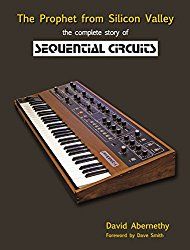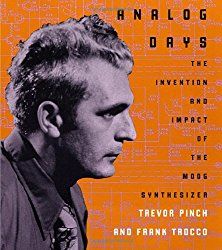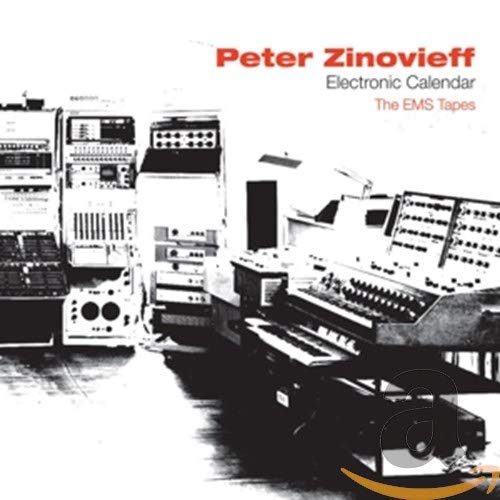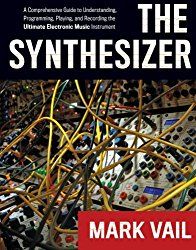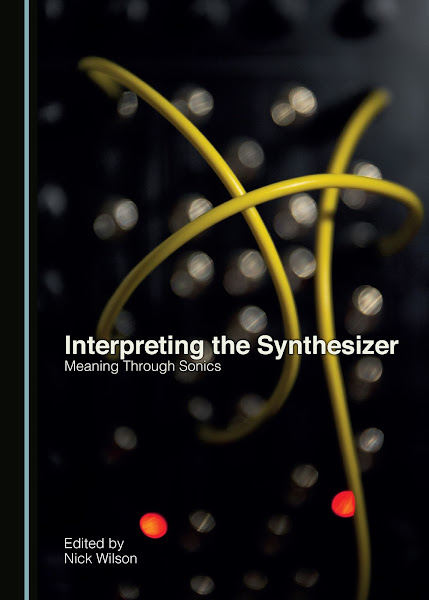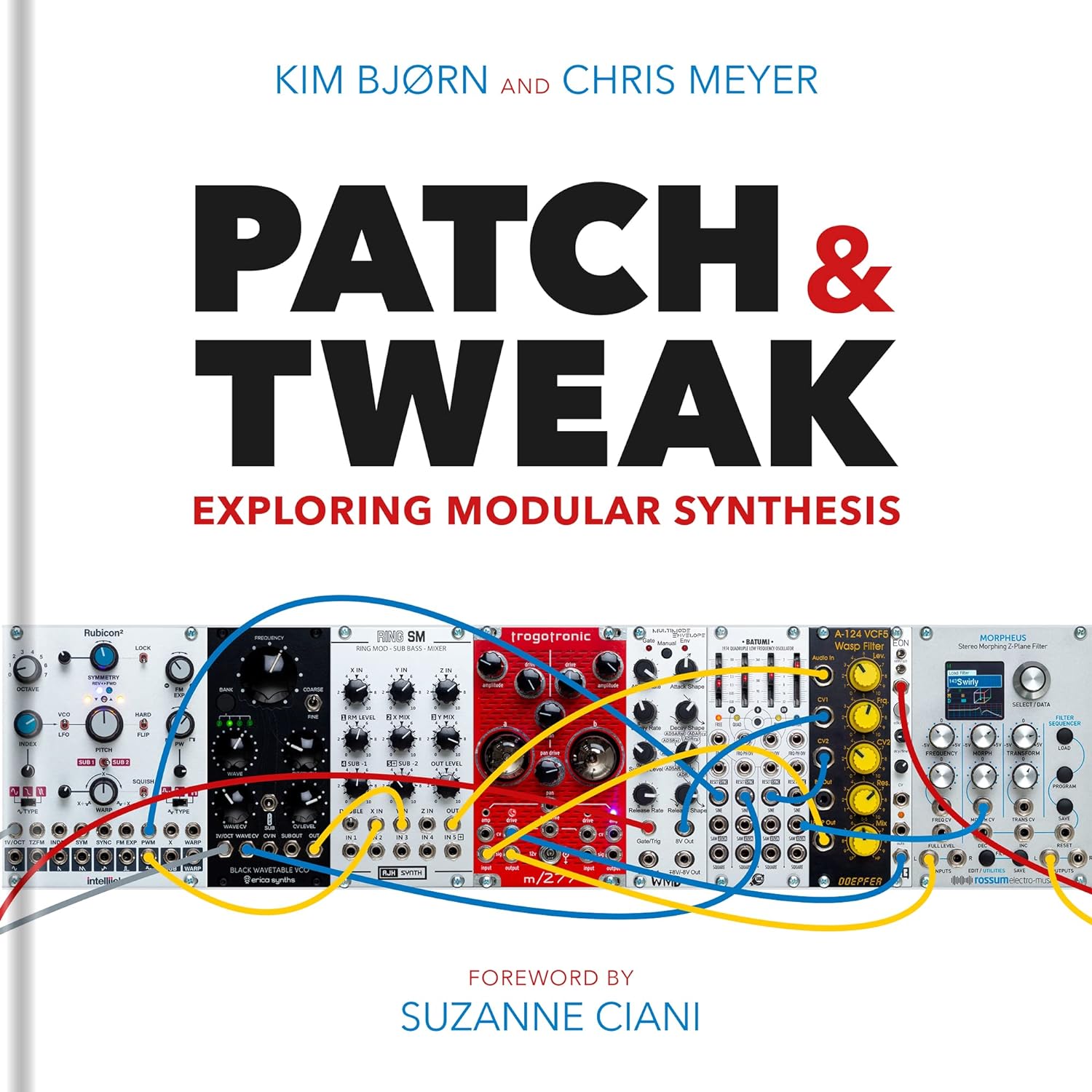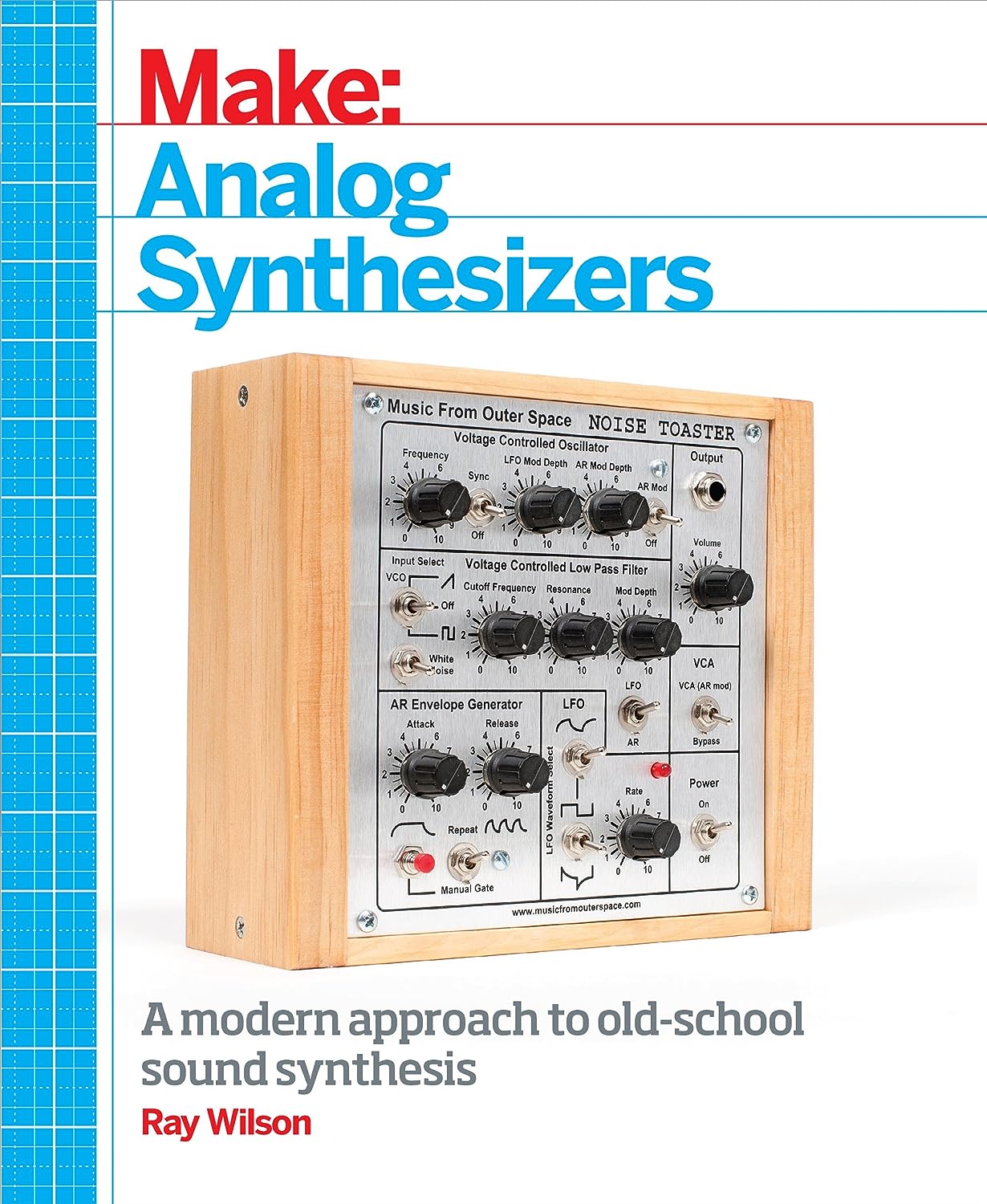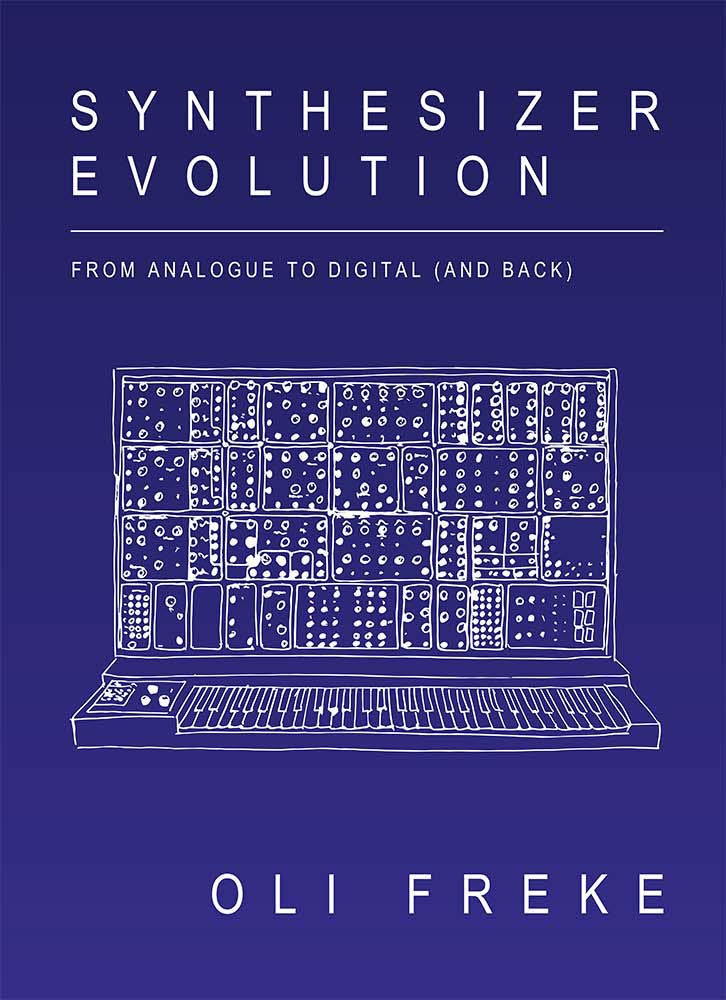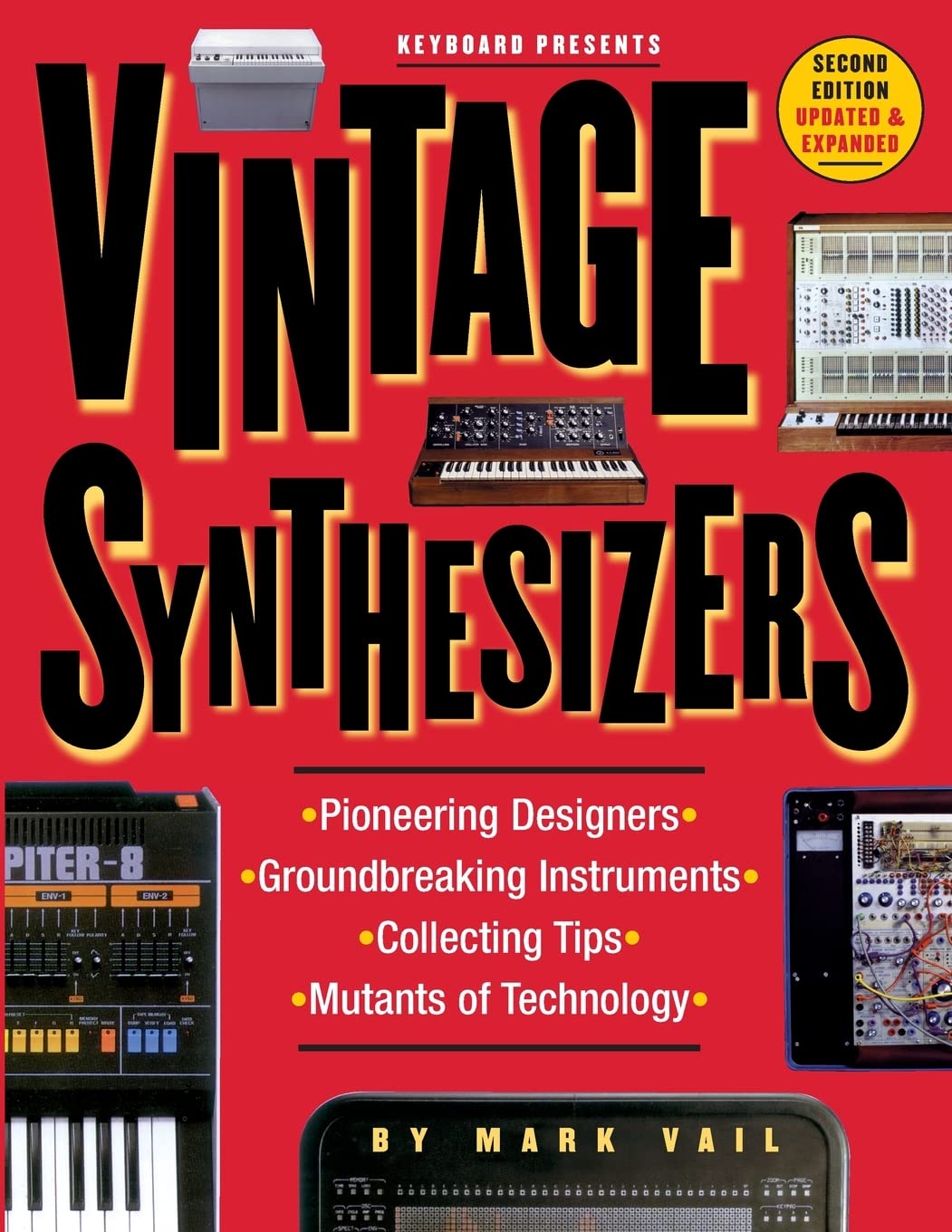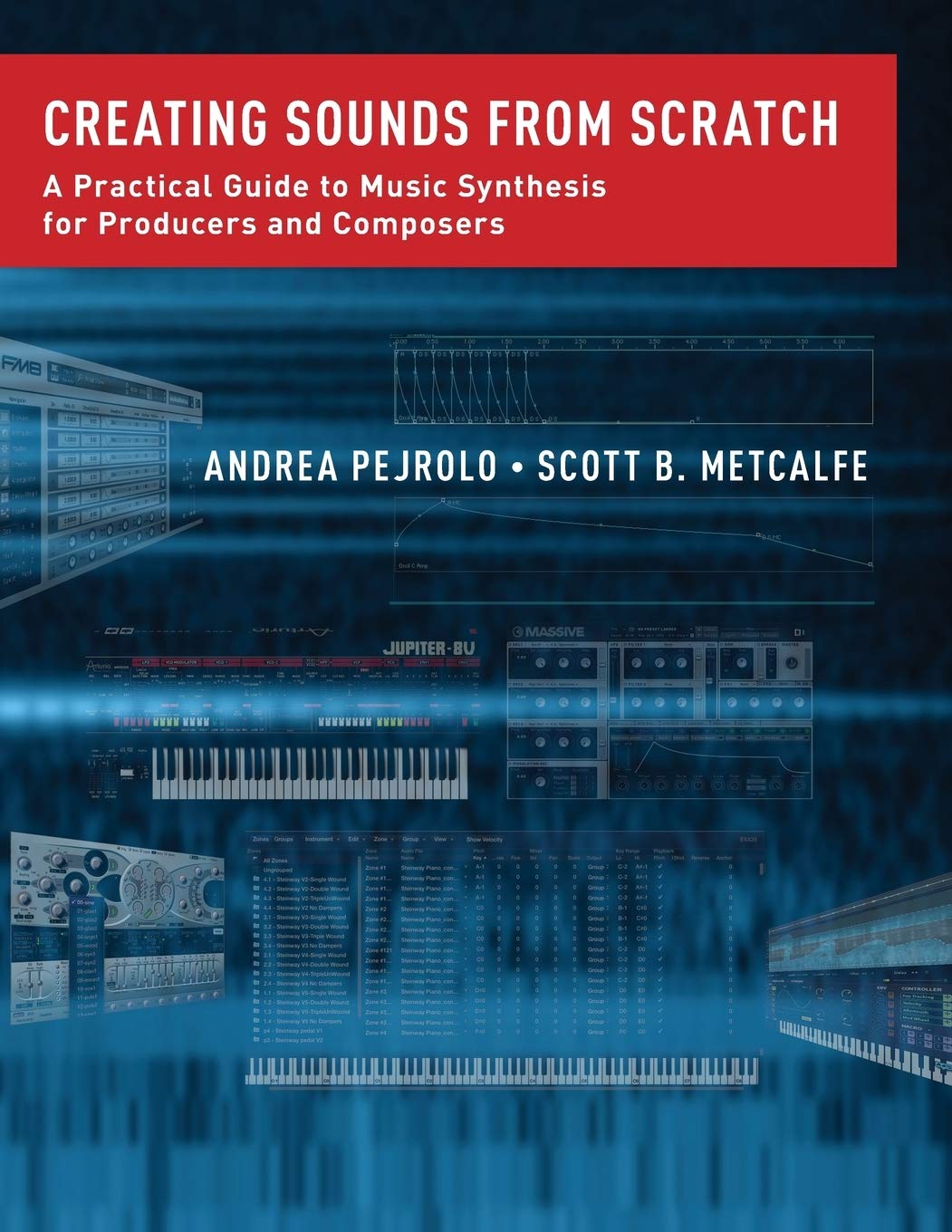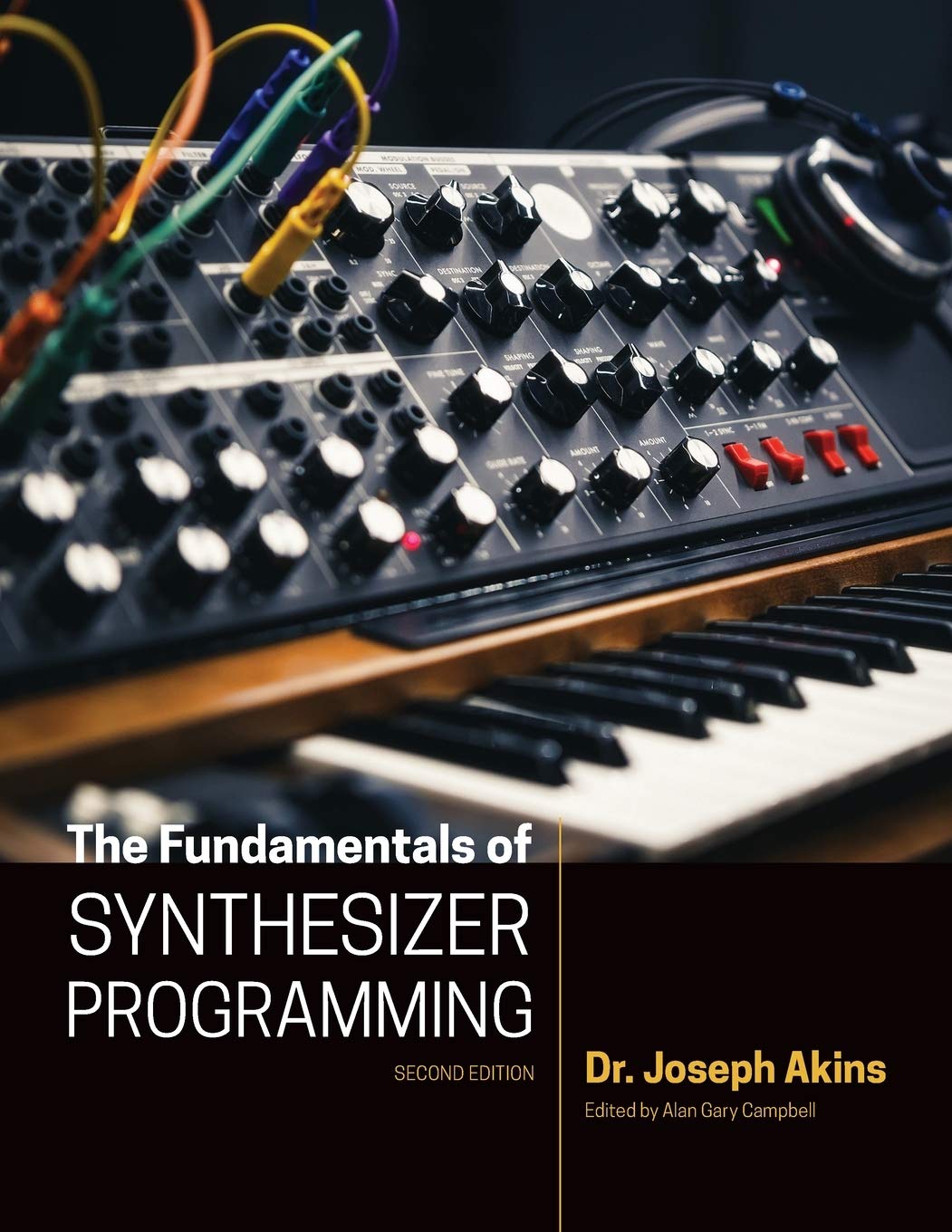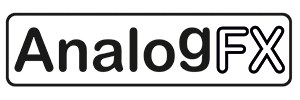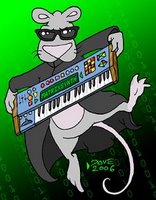via this Reverb listing

 "This tabletop noise synth has been used only a few times for specific recordings and remains in
"This tabletop noise synth has been used only a few times for specific recordings and remains inperfect physical and working condition. The item pictured is the actual item you will receive.
Beatsville (Japan) Exclusive Model
Beatsville description (Japanese to English Translation)
JMTSYNTH, known for its popular creative noise drone synths, has released the DNVO-1a , offering even more flexibility and excellent integration with modular synths! This exclusive Beatsville model features a white acrylic panel and an additional Gate In jack, adding a touch of glamour. It's modulated by the voltage control of a BASTL INSTRUMENTS modular. Five modulation options are applied to the main VCO, which is then output via a brutal noise filter. Each sub-oscillator, SUB1 through SUB3, has its own on/off switch, is set to a different frequency range, and the modulation frequency can be adjusted with a knob. Each one distorts the sound intensely, creating a deluge of organic noise. Additionally, the NOISE knob allows you to apply noise modulation to the main VCO, adjusting the peak point with the knob. The fifth modulator is the WAVE GENERATOR, which can be enabled with the WAVE ON switch. The "WAVE GENERATOR" allows you to adjust the frequency with the WAVE LEVEL knob, while the ATTACK and RELEASE knobs, trigger switch, and Trigger 1 through Trigger 3 knobs allow you to create periodic, rhythmic vibrato and pitch bend. Random, rhythmic bends and long-period ups and downs can also be freely adjusted. This is a very practical technique, as it can be combined with noisy sounds to create noise synth sounds that add rhythmic elements without becoming monotonous. The DNVO-1a (Deluxe Edition) offers three types of trigger type switches. The top position, MIX, mixes the timing determined by the Trigger 1 through Trigger 3 knobs and sends it to the VCO. The bottom position, REPEAT, creates a regular rhythm and rhythmically modulates the VCO. The center position, GATE (OFF), is a special mode that allows the built-in envelope generator-type LFO to be generated from an external gate signal input to the Gate In jack (Trigger 1 through Trigger 3 are turned off, and the trigger is generated from the gate signal input to the Gate In jack). For example, if a gate signal is input from an external sequencer module, you can adjust its waveform with the ATTACK and RELEASE knobs before sending it to the oscillator. The additional CV IN jack also allows you to connect the CV OUT from an external modular or other device to modulate the VCO with an external CV! Everything is intuitive, allowing you to create even the most complex sounds. Furthermore, by connecting to external modular synths, you can explore the variety of analog synth sounds colored by JMTSYNTH's organic noise. This is an outstanding desktop synthesizer with a wide range of synth sounds."


















